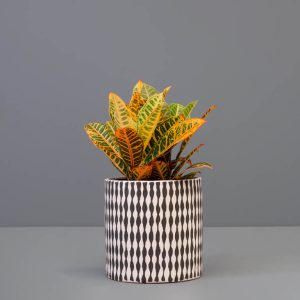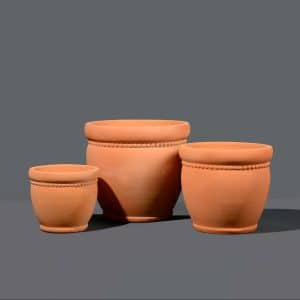Water Wise – Invasive Plants
DIY and how-to

Identifying Invasive Plants …
Did you know that you can help conserve water by simply identifying invasive plants and destroying them? These weeds listed below are the some of the biggest problems in South Africa. They need to be destroyed to conserve water for our indigenous flora to thrive.
Lantana (Lantana camara) – These spiny, evergreen shrubs grow up to a height of 10m and produces multi-coloured flower heads made up of smaller flowers compressed into a round head. When the flowers are finished flowering, they develop into clusters of small, black, shiny berries which then are spread by birds. They are also poisonous.
Control : Destroy the Lantana by digging up the roots before the plant comes in to flower, or by spraying a herbicide, such as Round up, as a total leaf coverage spray.
Black Wattle (Acacia mearnsii) – This tree can grow to a height of 10m and produces light yellow fluffy flowers in the months of August and September. It has a tendency to occupy land close to rivers, in grasslands and on the roadside. Control : Pull out the seedling plants before they reach flowering stage, making sure that you remove both the stem as well as the roots, entirely. For the larger trees, you could cut the tree down to about 30cm above the ground and then peel all the bark off, in a downward action, to below the soil level.
Pampas Grass (Cortaderia selloana) – This large grass can reach the height of 3m. It has tall, feathery, silvery-white to pink florescences that can reach a height of 4m tall and usually appear in the months of February through to April. The seeds spread very easily, by wind, to invade area around rivers and seasonal wetlands.
Control : Destroy it by digging the entire plant up, roots and all.
Bugweed (Solanum mauritianum) – This fast growing shrub/small tree has large, floppy, grey leaves with mauve flowers that appear on the tips of the branches in summer. The fruits are large, round, and furry and change from green to orange.
Control : Pull out the young plants by hand ensuring that you have removed both the stem and the roots. For larger shrubs, cut them down and paint the wounded stem with a mixture of Garlon 4 and diesel.
Castor-Oil Plant (Ricinus communis) – This soft, woody shrub/small tree grows up to 4m. The leaves are shiny, dark green or reddish with a paler underside and the flowers are red which then change into green,brown or reddish poisonous fruits. It usually invades riverbanks, riverbeds and roadsides.
Control : Remove and destroy the entire plant before it comes into flower, making sure that you have removed both the stem as well as the roots.
You might also like
Shop online
-
VEGETABLE 6 PACK
- R39.99
-
DOGSENSE LB ADULT 20KG
- R834.99
-
Croton 20cm
- R299.99
-
TERRACOTTA PLANTER PETUNIA
- R599.99 – R899.99




